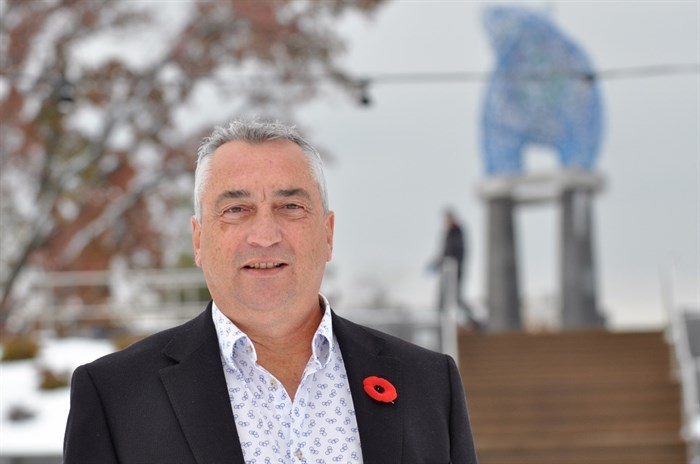
Image Credit: ADOBE STOCK
December 18, 2018 - 5:30 PM
KELOWNA - The shocking cost of rebuilding aging roads, buildings and parks did not come as a surprise to those working for local governments, according retired Kelowna city manager Ron Mattiussi.
Kelowna city council recently approved at 1.95 per cent levy to partially fund a $477 million shortfall in what is needed by 2027. Another 1.95 per cent is expected to be added next year, along with other charges and fees.
“We knew the problem was there and we knew we had to fix it at some point in time,” Mattiussi told iNFOnews.ca. “It's like saying, 'I haven’t been on my roof for awhile, it’s a 15-year-old roof and probably has to be replaced some day. Do I put money aside now or wait?'"
Mattiussi was city manager for a dozen years, retiring earlier this year. Before that, he was planning manager with the city. Throughout that time, city staff knew many of the city’s roads, water and sewer lines were decades old and would need replacing eventually.
Since the 1990s Kelowna has usually been a fast growing city with pressure on staff and councils to provide the amenities citizens demanded and still try to keep taxes at a reasonable rate, he explained.

Kelowna's former city manager Ron Mattiussi is pictured in this file photo.
(JOHN MCDONALD / iNFOnews.ca)
“Part of the problem was that, in any given year, we had a police deficit or we had a firefighter deficit,” Mattiussi said. “It’s nobody’s fault. It’s a fast growing city and it’s always been a fast growing city. Often it was just getting some of the basic amenities a city our size should have."
Two things changed that for all B.C. cities: new accounting rules and less senior government funding for infrastructure.
In about 2009, the Public Sector Accounting Board required cities to start tacking their capital assets, such being buildings, roads, sewers, parks, etc., City of Kelowna finance director Genelle Davidson said.
That was followed by the Asset Management Association bringing in asset management strategies. That got engineers involved in evaluating the condition of, for example, roads and estimating when they needed to be rebuilt and what that would cost.
Both processes were mandated by the provincial government forcing cities, to use Mattiussi’s analogy, to not only worry about the age of their roofs, but to fund professional evaluations of how long those roofs might last and what it would cost to replace them.
That’s resulted in the City of Kelowna estimating it needs to spend $1.05 billion by 2027 to maintain and replace what it currently owns and what needs to be added to accommodate growth. But it only has funding identified for $573 million of that cost, leaving a shortfall – or deficit – of $477 million.
The new tax levy will bring in $44 million by 2027 – unless it keeps getting added to after next year. That means things like higher charges to developers and fees for storm sewers may be added, some as early as next year.
But calculating the real deficit is not an exact science.
“The engineers are looking at the worst case scenarios,” Mattiussi said. “They’re saying this road has a life of 20 years and we have to replace it. But some roads have a life of 30 years, especially if you don’t have the money to replace them.”
The other factor driving the deficit is the drop off in funding from senior governments.
The federal government, especially, used to provide regular infrastructure funding, Mattiussi said. Now that’s done through grants.
“Now you have this unknown of whether there will be money or not,” Mattiussi said. “Some call it grant crack.”
He would not blame senior governments for the funding shortfall.
“You can blame them for the lack of being able to plan an infrastructure program when you really don’t know if you’re going to get grants,” he said. “You don’t need to panic. In any given year, or any given three or four years, you will get a grant.”
As an example, one of the biggest projects in the 10 Year Capital Plan, and one of this council’s top priorities, is a road link between Spall Road and Highway 33. It’s estimated to cost more than $30 million and not expected to be built until 2027. Council has made it clear that it won’t be built without grants from senior governments.
To contact a reporter for this story, email Rob Munro or call 250-808-0143 or email the editor. You can also submit photos, videos or news tips to the newsroom and be entered to win a monthly prize draw.
We welcome your comments and opinions on our stories but play nice. We won't censor or delete comments unless they contain off-topic statements or links, unnecessary vulgarity, false facts, spam or obviously fake profiles. If you have any concerns about what you see in comments, email the editor in the link above.
News from © iNFOnews, 2018